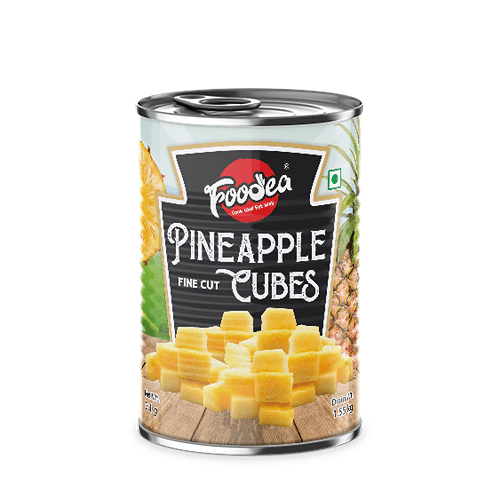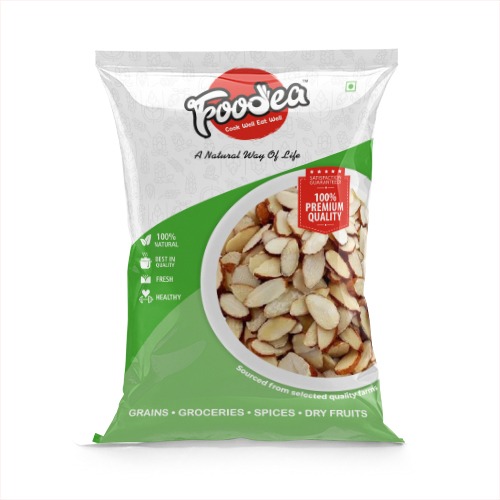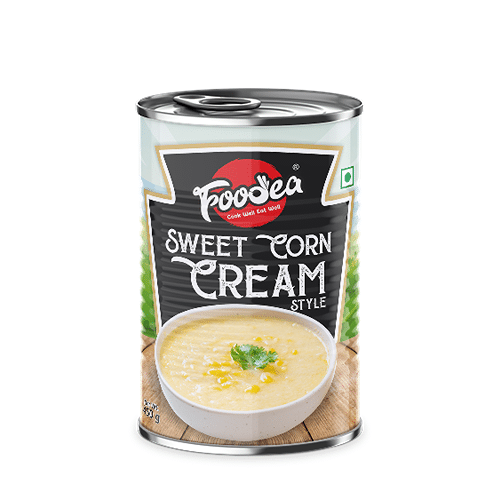Understanding the Walnut Market
The global walnut market has witnessed significant growth over recent years, characterized by increasing consumer awareness regarding health and nutrition. Walnuts are recognized for their rich nutrient profile, with high levels of antioxidants, omega-3 fatty acids, and essential vitamins, making them a preferred choice among health-conscious consumers. As a result, the demand for walnuts has surged, translating into robust market expansion across various regions.
According to recent statistics, global walnut production reached approximately 3 million metric tons in the last year, with the leading producers being the United States, China, and Iran. The United States stands out as the largest exporter, particularly to markets in Europe and Asia, where consumption rates have steadily increased. As consumers prioritize health benefits, the shift towards incorporating walnuts into daily diets has reinforced their significance as a superfood.
Additionally, the versatility of walnuts in culinary applications further enhances their appeal. From snacks to baking, cooking, and salads, walnuts are being embraced for their unique taste and texture. This multifaceted utility has led to a growing trend of using walnuts in various processed food items, including granola bars and health supplements. Furthermore, an increasing number of consumers are drawn to plant-based diets, reinforcing the walnut’s role as a key nutritional source.
Despite the thriving walnut market, the sector faces competition from other nuts such as almonds and cashews, which also benefit from similar health claims. Nevertheless, walnut producers are adapting through innovations, such as developing organic walnut offerings and promoting eco-friendly farming practices, to cater to changing consumer preferences.
In summary, the global walnut market is experiencing dynamic growth driven by health trends and diverse culinary usages. Understanding these market dynamics is crucial for stakeholders, particularly for Foodea as it seeks to explore distribution opportunities in various global markets.
Strategies for Expanding Distribution Channels
Expanding distribution channels for Foodea’s walnuts on a global scale requires a multifaceted approach that emphasizes strategic partnerships, advanced e-commerce engagement, and thorough understanding of international regulations. One effective strategy is to establish partnerships with distributors who have extensive networks in target markets. Identifying potential partners who are well-versed in local consumer preferences and market dynamics can foster more effective penetration into new regions. These partners can help facilitate the distribution of Foodea’s walnuts while providing invaluable insights into regional trends.
In addition to traditional distribution partnerships, leveraging e-commerce platforms can tap into the growing online consumer base. By listing walnuts on international e-commerce sites, Foodea can reach a wider audience. Developing a strong online presence through targeted digital marketing can enhance visibility and attract diverse consumer demographics. Tailored marketing strategies, designed to resonate with specific regions, utilizing localized messaging and culturally relevant promotions, will further support the brand’s growth. For instance, emphasizing the health benefits of walnuts could appeal to health-conscious consumers in North America, while showcasing the culinary versatility may attract attention in European markets.
Exploring international trade agreements can also provide advantages. Foodea should remain updated on agreements that may offer reduced tariffs or eased trade restrictions. This compliance ensures smoother logistics planning and the capacity to respond agility to market demands. Furthermore, navigating regulations governing the international shipment of food products is crucial. Proper documentation and adherence to quality control standards must be established to maintain product integrity during transportation. Addressing these logistical nuances will minimize potential challenges and maximize the efficiency of distribution activities.
Lastly, maintaining quality control throughout the supply chain – from sourcing to distribution – reinforces brand reliability. By focusing on these strategies, Foodea can effectively position its walnuts in the global marketplace, enhancing availability and consumer interest.












